2019 Porsche 911 GT3 RS: First Look

When Andreas Preuninger, head of GT cars at Porsche, talks about the new 911 GT3 RS he mimes out the motions of steering a car with fingertips. Showing off the car in the cold and snowy north of Finland, Preuninger doesn't even really want to talk about the engine, quickly explaining its 20-hp increase before moving on. What gets him going on the new RS is the suspension.
Porsche Motorsport began development of the new 911 GT3 RS not long after it started working on the GT2 RS, and it shows. Spring rates have been upped from 45 Nm/mm front and 120 Nm/mm in the rear from the previous GT3 RS, to 100 Nm/mm and 160 Nm/mm in the front and rear, respectively. Ball joints with solid mountings replace traditional units with rubber bushings, just like on the GT2 RS too.
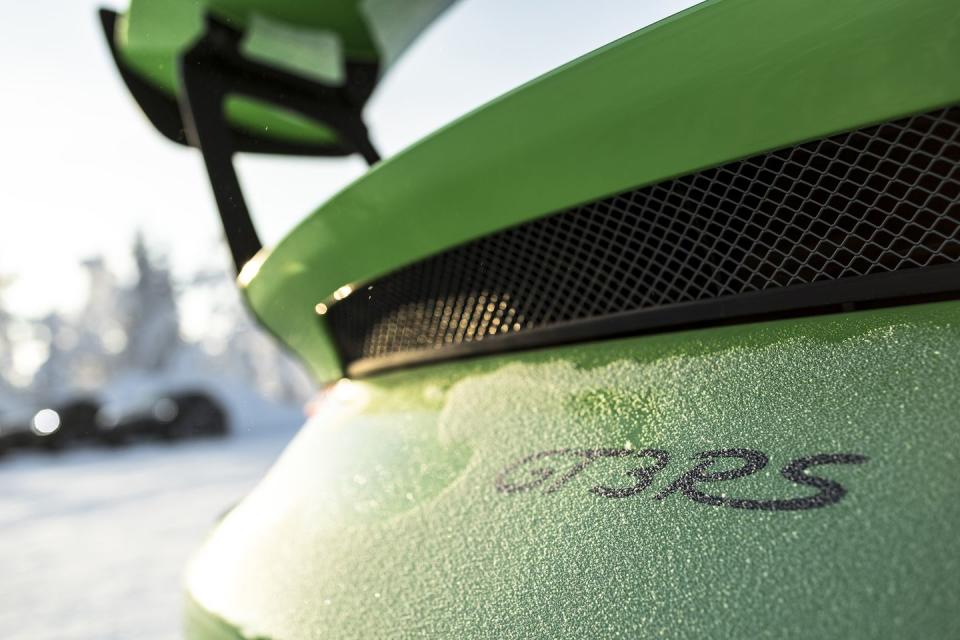
There are helper springs in the front and rear, along with new adaptive dampers and new manually adjustable sway bars, all set up with track duty in mind. As with all previous GT3 RSes, ride height, camber, caster, toe can be adjusted manually.
"The first-generation [991 GT3 RS] is really a masterpiece of precision, but this is even better," Preuninger tells me. "It has less roll, and less yaw, so it’s really like a race car."
The GT3 RS gets a new steering system too, with new calibration for its rear-wheel steering designed to improve stability on the racetrack. Preuninger also told me his team spent a lot of time recalibrating the GT3 RS's electronically locking rear differential to give better performance on corner entry and exit.

All of these chassis changes work in concert with a bespoke version of Michelin's Pilot Sport Cup 2 tires. The 265-width front tires are the same as those on the GT2 RS, while the 325-section rears have a slightly different construction better suited to the GT3 RS's naturally aspirated engine.
Porsche will also sell you an even more aggressive Cup 2 developed for those who take their GT3 RS's to the track. Preuninger says that it's usable on the street, but only in dry, warm conditions. It's really designed to offer maximum performance on track, but it's not a cheater slick for setting crazy lap time before requiring a cool-down - they should last just as long as the standard Cup 2s.
"The turn-in is sharper, and all the information you get from the street is even more intensified," Preuninger says. "The precision and feedback of this car is on the next level."

Look at these pictures and you'll notice the aerodynamic setup of the GT3 RS is much like the GT2 RS's too. It uses a similar hood with NACA ducts guiding air to cool the brakes. That allows the Porsche team to create a smoother underbody, which channels air to a new diffuser. The side sills come straight off the GT2 RS, as does the manually adjustable carbon-fiber wing.
The GT3 RS makes a lot more downforce than the GT3 - more than double at 124 mph, in fact. It also effectively makes more than the GT2 RS, because while both make the same maximum downforce at top speed - 750 lbs with wings in their stock settings, 992 lbs at maximum attack - the top speed of the latter is much higher, 211 mph verses 193 mph. This means the GT3 RS is making more downforce at lower speeds.
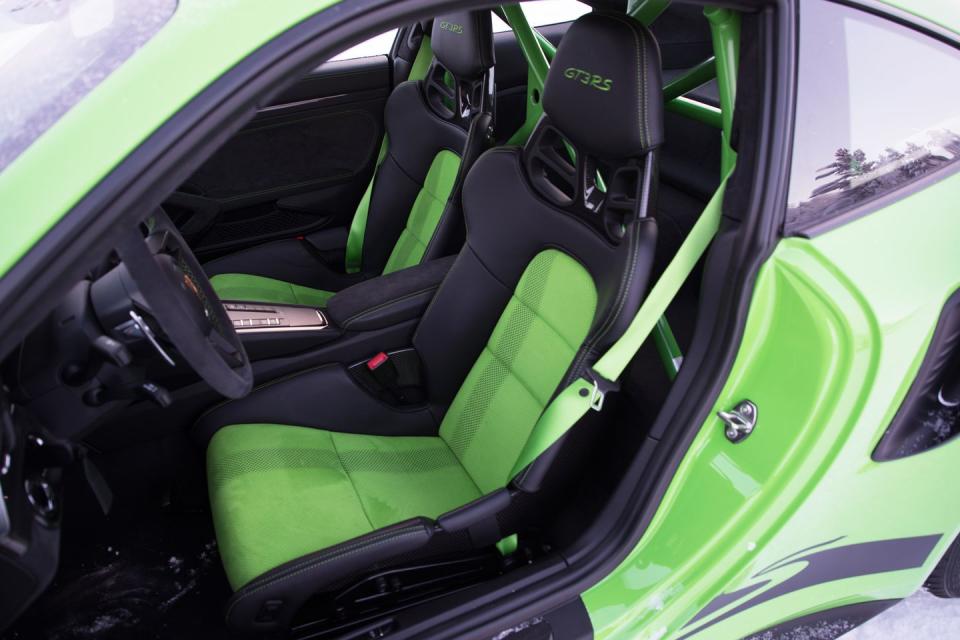
As you'd expect, there are a lot of lightweight parts on the GT3 RS too. The front hood and fenders, and rear decklid are made made from carbon fiber, while the roof is magnesium. Inside, the rear seats are removed, as is much of the sound deadening, and the standard seats are carbon-fiber buckets. There's also lightweight glass for the rear and rear-side windows, and the door handles have been replaced by fabric pull straps.
You can also make the GT3 RS lighter still, if you're willing to spend a lot on options. There's optional carbon-ceramic brakes, which are 50 percent lighter than the standard cast-iron units, and for the first time on a GT3 RS, you can order the optional Weissach Package. For $18,000 you get a carbon-fiber roof, sway bars, coupling rods, and steering-wheel trim, saving you 13 lbs. A $13,000 option only available with the Weissach Package are magnesium wheels, which are an impressive 25 lbs lighter than the standard alloys. With all of these boxes ticked and equipped with carbon-ceramic brakes, the GT3 RS has a curb weight of just 3153 lbs.
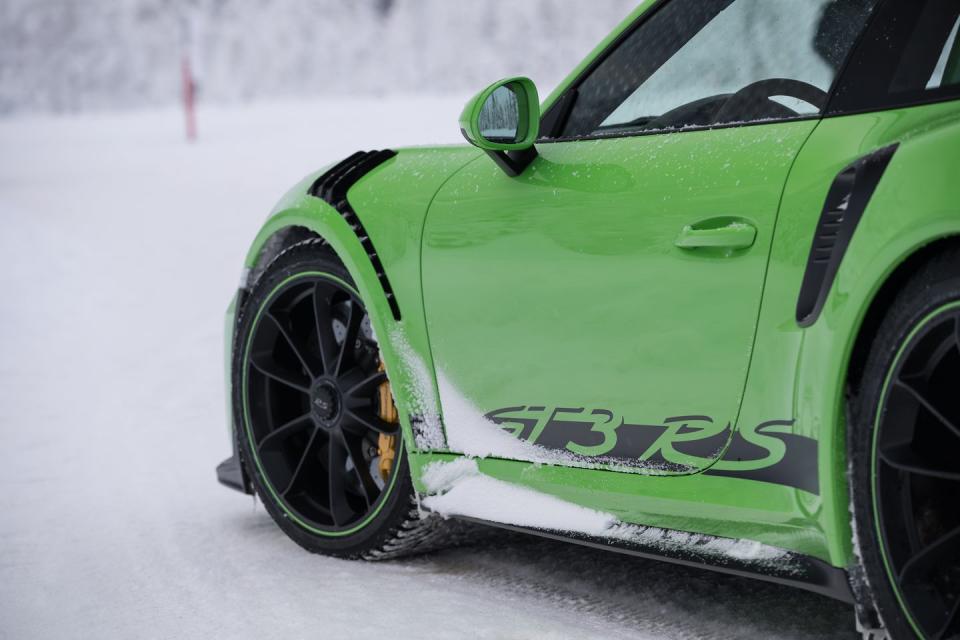
And while the engine isn't the big story here, it's still worth talking about. It's largely a carryover from the new GT3 - where it debuted last year - but a new intake, titanium exhaust, plus a revised spark curve and camshaft timing give it 520 hp. Its 4.0-liter displacement remains unchanged, as per homologation requirements for the race car, and redline is set at 9000 rpm, making it the highest-revving GT3 RS ever. Torque, when compared with the turbo engines of lesser 911s, is relatively low at 346 lb-ft, but that doesn't really matter. The only transmission option is Porsche's seven-speed dual-clutch, PDK, so if you want a manual, you'll have to get a regular GT3.
Porsche quotes a 3.0-second sprint to 60 mph for the new GT3 RS, but that's not the impressive number here. Preuninger says a Nurburgring lap time won't come until the spring, when weather improves, but he's got very high hopes for the GT3 RS. His guess? "At least" 10 seconds quicker than its predecessor, which puts it right around 7:05. That'd be an incredible time for a car that "only" has 520 hp on tap.
Of course, you'll pay for all this. MSRP is $187,500, not including a $1050 destination fee. And as already mentioned, the Weissach Package will add a hefty premium to that figure. You can order your GT3 RS at a Porsche dealer now, and it should arrive here this fall.
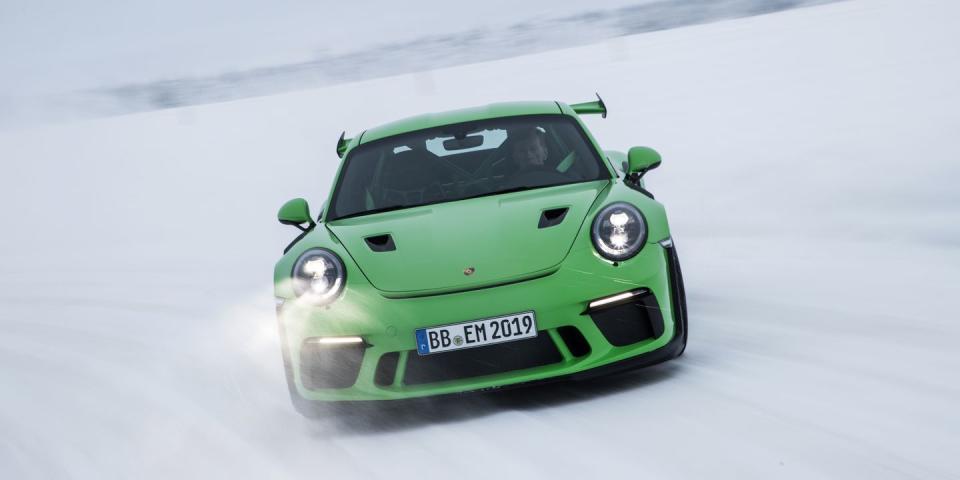
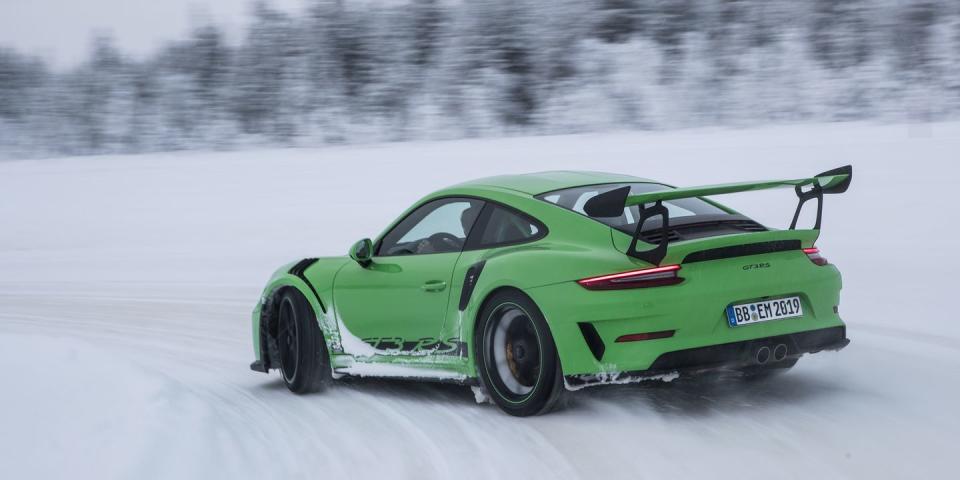
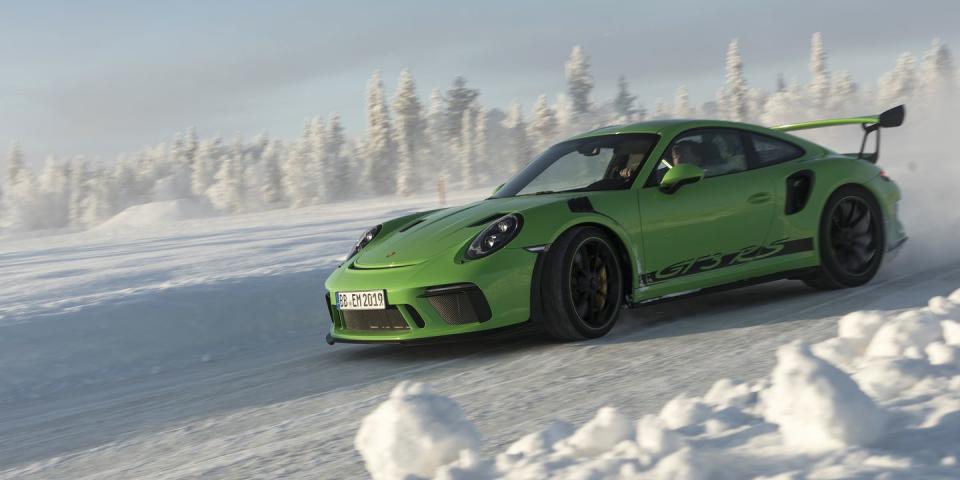
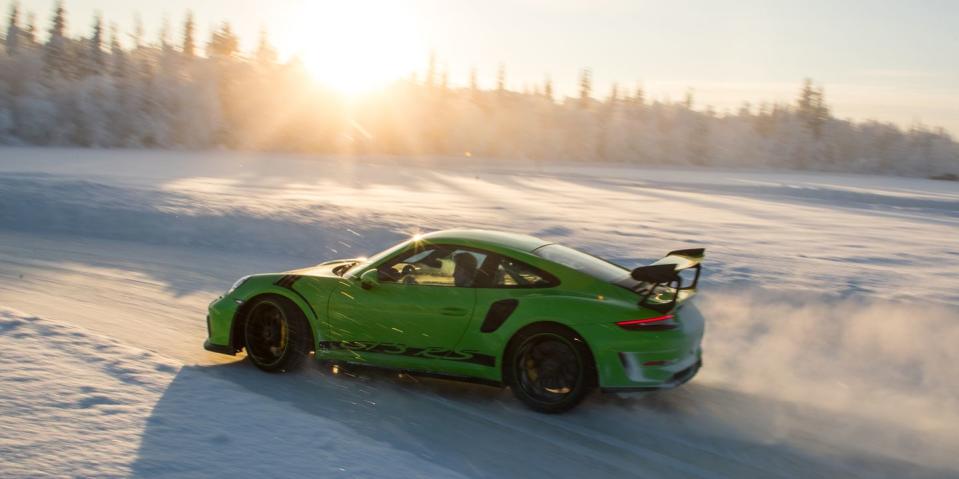
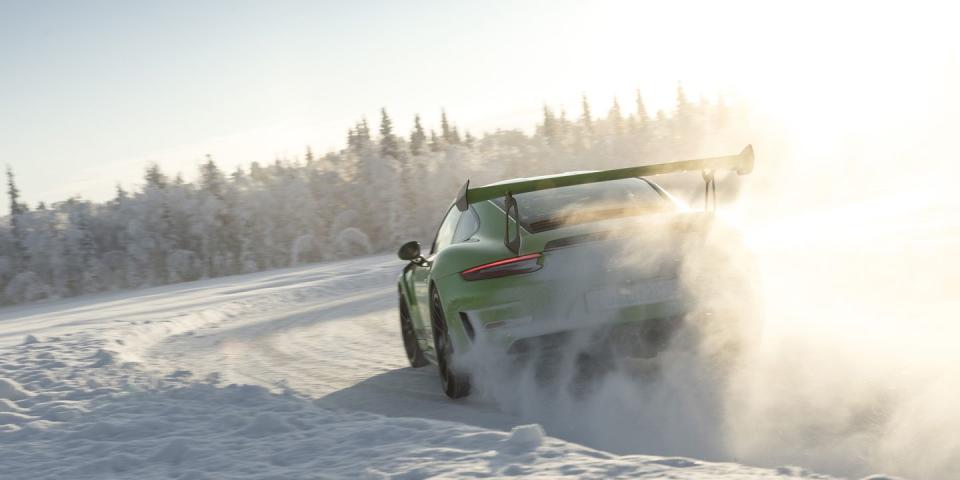
You Might Also Like
